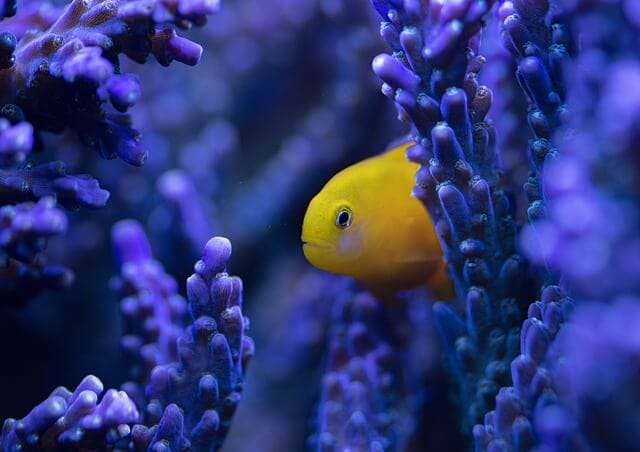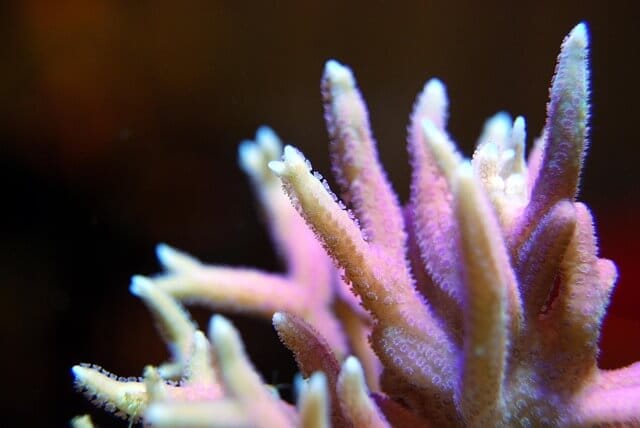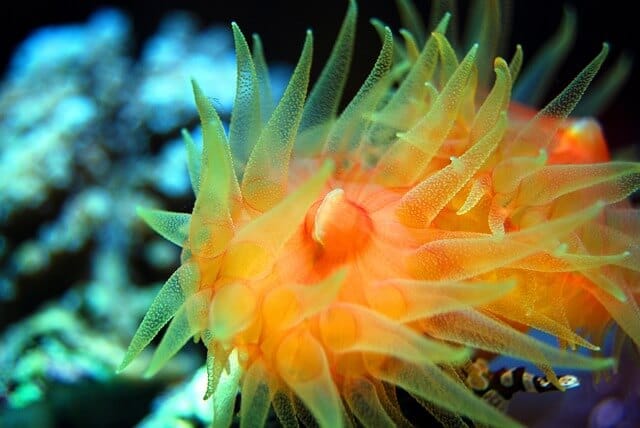How To Capture Marine Macro Photography In Your Reef
Reef tanks are a mesmerising display of marine biodiversity, featuring an array of vibrant colours , intricate textures, and fascinating behaviours. Capturing this beauty through macro photography can be incredibly rewarding, allowing you to appreciate and share the intricate details of your underwater world. This guide provides tips and techniques for taking stunning close-up photos of your reef tank and its inhabitants, helping you elevate your marine macro photography skills.
Why Macro Photography?
Macro photography involves capturing subjects at close range to reveal details that are often missed by the naked eye. In the context of reef tanks, this means:
• Highlighting the intricate patterns and colours of corals, fish, and invertebrates.
• Documenting the behaviours and interactions of your tank inhabitants.
• Creating visually stunning images that showcase the beauty of marine life.

Essential Equipment for Marine Macro Photography
Camera
While professional DSLR or mirrorless cameras offer the best results, you can still achieve great shots with a high-quality point-and-shoot camera or even a smartphone with macro capabilities. Key features to look for include:
• High Resolution: Allows for detailed close-ups and larger prints.
• Manual Controls: Offers greater flexibility in adjusting settings for optimal shots.
• Interchangeable Lenses: Enables the use of specialised macro lenses for extreme close-ups.
Lenses
For DSLR and mirrorless cameras, a dedicated macro lens is ideal. Popular choices include:
• 50mm to 105mm Macro Lenses: Versatile and suitable for a variety of subjects.
• Longer Focal Lengths (150mm to 200mm): Provide greater working distance and less disturbance to sensitive subjects.
Lighting
Proper lighting is crucial for marine macro photography:
• LED Aquarium Lights: Many reef tanks already have high-quality LED lights that can be utilised for photography.
• External Flash: Helps eliminate shadows and enhance details. Use a diffuser to soften the light and avoid harsh reflections.
• Ring Lights: Offer even, shadow-free lighting around the lens, ideal for close-ups.
Accessories
• Tripod: Ensures stability and reduces camera shake, especially in low light conditions.
• Remote Shutter Release: Minimises vibrations caused by pressing the shutter button.
• Polarising Filter: Reduces reflections and glare from the glass of the aquarium.

Techniques for Stunning Macro Photos
1. Focus on Composition
Pay attention to the composition of your shots. Use the rule of thirds to place your subject off-center for a more dynamic image. Look for natural lines and patterns to guide the viewer’s eye.
2. Get Close, but Not Too Close
Macro photography is all about capturing fine details, but getting too close can scare your subjects and make it difficult to focus. Maintain a comfortable distance and use your macro lens to zoom in.
3. Use Manual Focus
Autofocus can struggle with close-up shots, especially through glass. Switch to manual focus for greater precision and control over which part of your subject is in sharp focus.
4. Adjust Depth of Field
A shallow depth of field (low f-stop number) creates a blurred background, making your subject stand out. However, be mindful of how much of your subject is in focus. Experiment with different apertures to find the right balance.

5. Control Lighting
Proper lighting can make or break a macro shot. Use external lights or flashes to ensure your subject is well-lit. Avoid direct lighting that can create harsh shadows and reflections. Diffused lighting often works best.
6. Reduce Reflections
Reflections from the aquarium glass can ruin a photo. Use a polarising filter, shoot at an angle, and turn off room lights to minimise reflections. Black cloth or paper can be used to block out unwanted reflections from behind the camera.
7. Use a Tripod
A tripod provides stability, allowing for longer exposure times without camera shake. This is especially useful in low light conditions or when using smaller apertures for greater depth of field.
8. Be Patient and Observe
Patience is key in macro photography. Spend time observing your tank inhabitants to understand their behaviours and movements. This will help you anticipate the right moments to capture unique and interesting shots.
9. Post-Processing
Post-processing can enhance your photos and correct minor issues. Use software like Adobe Lightroom or Photoshop to adjust exposure, contrast, and sharpness. Be careful not to over-edit; aim for a natural look that reflects the true beauty of your reef.
Related Articles:
- Seasonal Changes in Reef Tanks: Mimicking Natural Cycles
- The Impact of Sound on Reef Inhabitants
- Creating a Zen Reef Tank: Incorporating Feng Shui Principles
10. Use A Filter
Using a yellow or orange pass filter in marine macro photography can significantly enhance the natural colour representation of coral and fish. These filters work by canceling out the blue spectrum of light, which is often predominant in reef tanks due to the use of blue LED lighting. By reducing the blue light, the filters allow the true colours of corals and fish to be more visible, revealing their vibrant and diverse hues. This adjustment makes it easier to capture photos that accurately reflect the natural coloration of your tank inhabitants, providing a more realistic and visually appealing depiction of your reef ecosystem.

Tips for Photographing Specific Subjects
Corals
• Highlight Colours and Patterns: Focus on the vibrant colours and intricate patterns of corals. Use a macro lens to capture the details of the polyps and texture.
• Night Shots: Some corals exhibit bioluminescence or extended polyps at night. Use a low-intensity flashlight and long exposure to capture these phenomena.
Fish
• Fast Shutters: Fish are often fast-moving. Use a fast shutter speed (1/250s or higher) to freeze their motion.
• Patience: Wait for moments when the fish are stationary or moving slowly. This reduces motion blur and results in sharper images.
Invertebrates
• Focus on Behaviour: Capture interesting behaviours like feeding, cleaning, or interacting with other tank inhabitants.
• Lighting: Many invertebrates have reflective surfaces. Use diffused lighting to highlight their colours without creating harsh reflections.
Conclusion
Marine macro photography allows you to capture the mesmerising details of your reef tank, revealing the hidden beauty of its inhabitants. By understanding the basics of macro photography and utilising the right equipment and techniques, you can take stunning close-up photos that showcase the intricate world within your aquarium. With patience and practice, you’ll be able to create a visually captivating portfolio of your marine life, celebrating the vibrant colours, fascinating behaviours, and delicate textures of your reef tank’s inhabitants.








